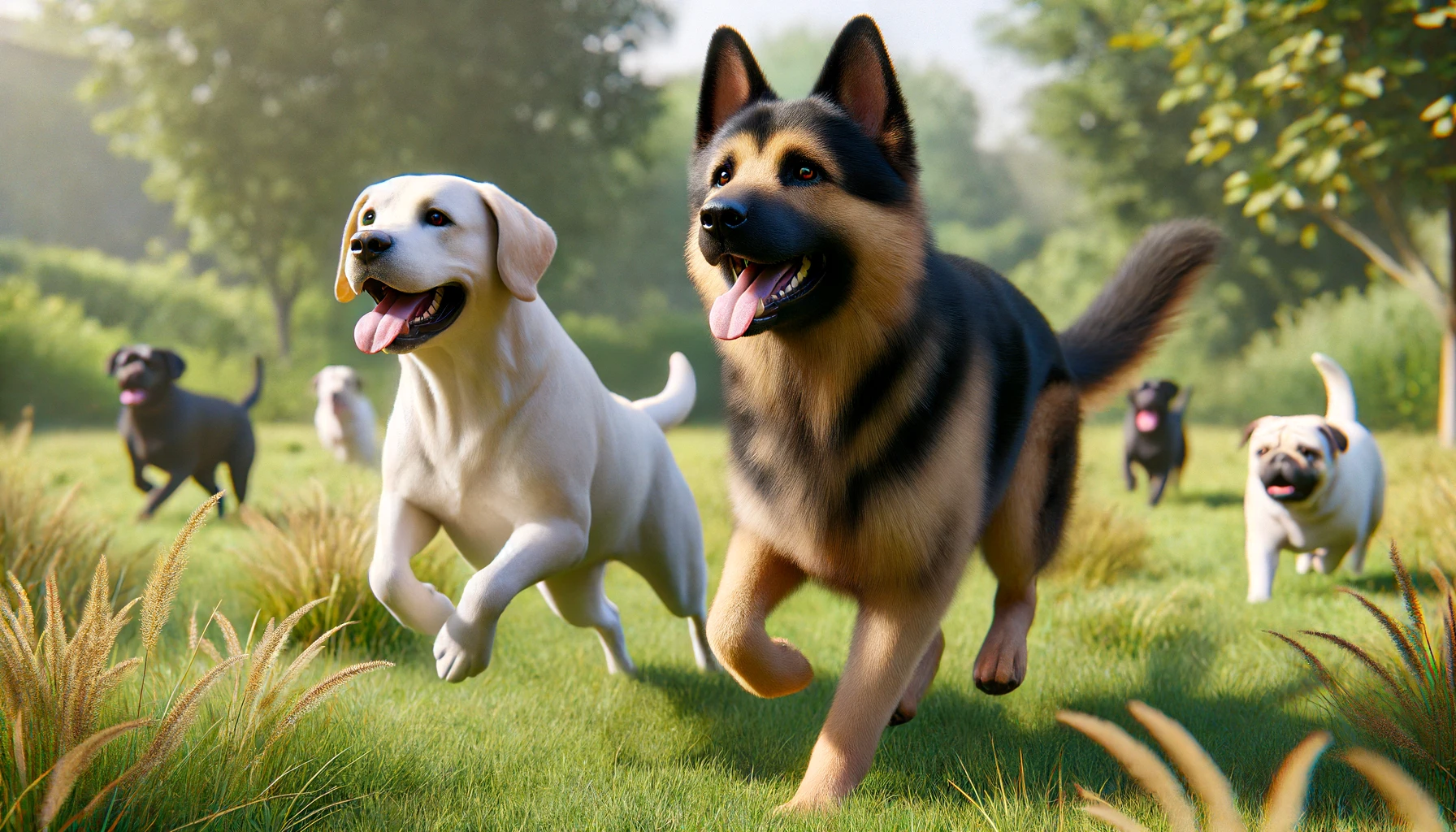Breeding a German Shepherd with a Labrador: An overview
Check out this answer from Consensus:
Breeding a German Shepherd with a Labrador Retriever can result in a versatile and potentially healthier hybrid dog, combining the best traits of both parent breeds. However, careful consideration of genetic, health, and reproductive factors is essential to ensure the well-being of the offspring. By understanding the unique characteristics and potential challenges of this crossbreed, breeders and owners can make informed decisions to promote the health and happiness of Shepradors.
Breeding a German Shepherd with a Labrador Retriever results in a hybrid dog known as a Sheprador. This crossbreed aims to combine the desirable traits of both parent breeds, potentially leading to a versatile and well-rounded companion. This article explores the characteristics, health considerations, and potential benefits of breeding these two popular dog breeds.
Physical Characteristics
The physical traits of a Sheprador can vary widely, depending on the genetic influence of each parent. Generally, these dogs tend to fall within the size range of both breeds, weighing between 18 to 32 kg and standing 53 to 64 cm tall at the withers1 2. The coat can be a mix of the German Shepherd’s dense, double-layered coat and the Labrador’s short, water-resistant fur.
Health Considerations
When breeding German Shepherds and Labradors, it is crucial to consider the health issues prevalent in both breeds. German Shepherds are known for their susceptibility to hip and elbow dysplasia, while Labradors are prone to obesity and related health problems6. A biomechanical study highlighted differences in the standing posture and movement between the two breeds, which could influence the joint loading patterns and potentially affect the hybrid’s musculoskeletal health6.
Genetic and Reproductive Traits
The heritability of growth traits such as mature weight and height has been studied extensively in both breeds. German Shepherds and Labradors have moderate heritability estimates for these traits, suggesting that selective breeding can effectively influence the desired physical characteristics in their offspring2. Additionally, reproductive performance, including litter size and inter-oestrus intervals, varies between the breeds, with Labradors generally having larger litters and longer intervals between estrus cycles4 5.
Immune System and Health
A comparative study of the immune system in German Shepherds and Labradors revealed differences in lymphocyte subset distribution, which could impact the hybrid’s immune response3. Understanding these differences is essential for managing the health and well-being of Shepradors, especially in environments where they may be exposed to various pathogens.
